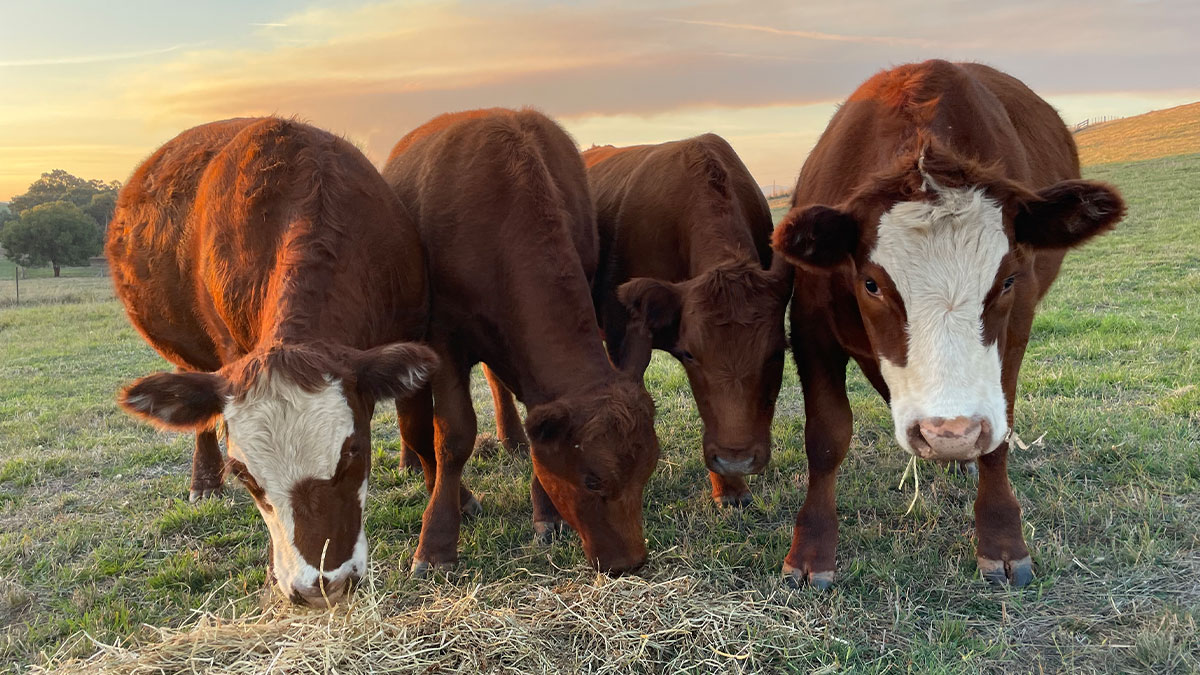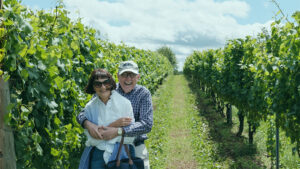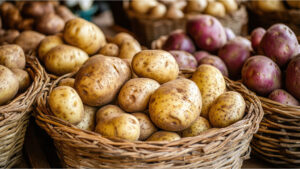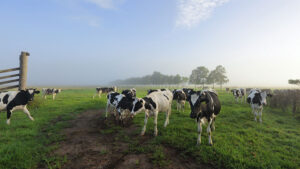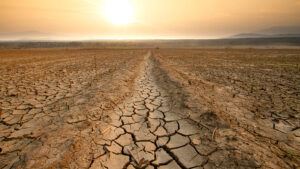How much of what you spend on Australian-grown food benefits Australian farmers, and how much goes into foreign pockets?
Let’s start with the land itself.
99% Australian-owned
Over the last few years, there’s been a fair bit of concern about foreign ownership of Australian farmland. Yes, there have been some newsworthy sales of famous Australian properties to foreign companies.
On June 30, 2020, foreign ownership of farms was 14%. This figure includes farms where foreigners owned at least 20%.
According to the National Farmers Federation, more than 99% of Australian agricultural businesses are wholly Australian owned.
Because foreign companies have generally invested in big properties, Australians still own 88% of the country’s agricultural land.
Gate to plate
Food imports only account for 15 per cent of Australia’s daily food supply (National Farmers Federation). So most of what you eat is grown and produced here.
Walking around the fresh food sections of Coles or Woolworths, you might see avocados from New Zealand, garlic from Spain, asparagus from Mexico. This could give you the feeling that there’s a lot of food grown on foreign farms. But that’s not true. Woolworths say that 100% of fresh meat and 96% of fruits and vegetables is Australian.
So, does this mean that the profit from producing your steak benefits Australian farmers? Not necessarily.
Tasmanian salmon, Brazilian profit
Let’s revisit the figures about foreign ownership of Australian farms. There are a couple of sections in supermarkets dominated by foreign companies. Seafood is one. The fresh salmon comes from Tasmania, but the company producing it is Brazilian – JBS.
In fact, JBS owns over 100 Australian brands of fresh produce and smallgoods. So profits go into Brazil pockets.
Small farms are the future
There has been a trend – not just in farming – towards bigger and bigger.
And yet, World Economic Forum and others say that today, more than ever, small farms are essential. Why?
Large-scale farming systems are bad for the environment. Current farming systems take 75% of the world’s accessible fresh water – and produce 30% of greenhouse gases. There has been a 75% loss of plant diversity on farms in the past 100 years.
Four crops account for 67% of daily calories for most Australians. If pests and diseases attack one of these, Australia’s food security is left vulnerable.
We created IIF to support local farmers. We are especially interested in partnering with farmers innovating in established sectors or pioneering new ones.
It’s early days for IIF. Our commitment to diversity shows in the range of products we have already offered our members. Sydney rock oysters from Bateman’s Bay, Angus cattle from Victoria, bee hives from Queensland.
We give each farmer a chance to connect with consumers, and a chance to build awareness. In return, our members get a chance to directly support Australian farmers.
If small farms are the future, IIF members will play a part in ensuring that this future is bright.
Photo: Livestock on one of IIF’s partner farms, One Tree Hill in Victorian high country.
